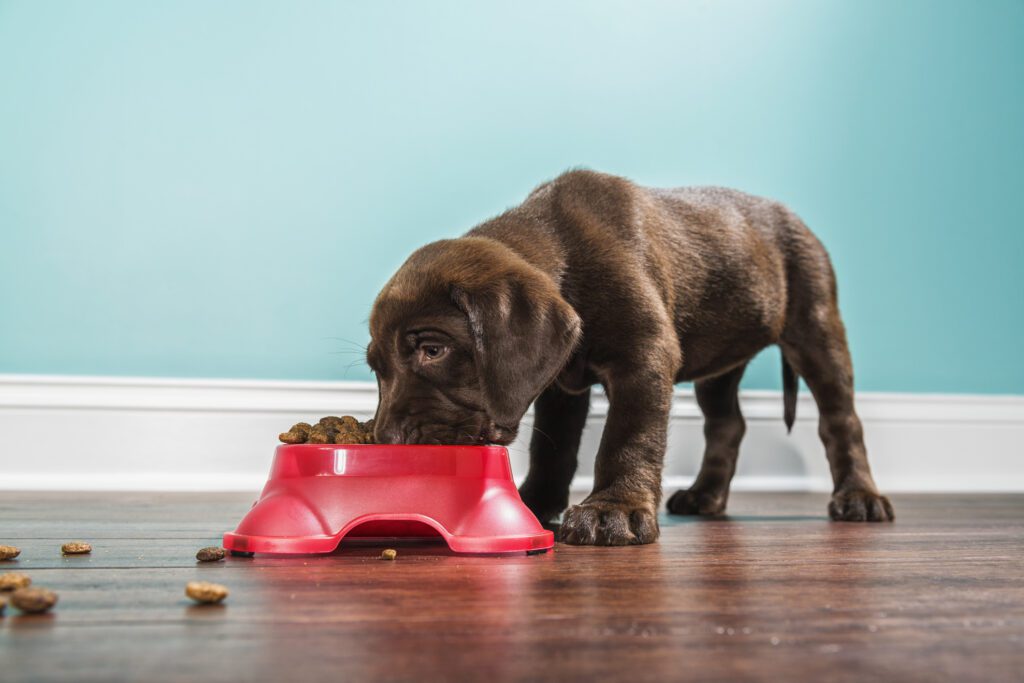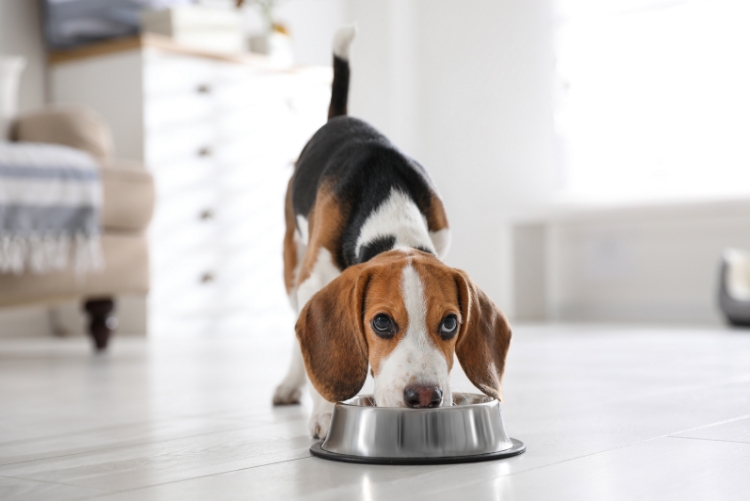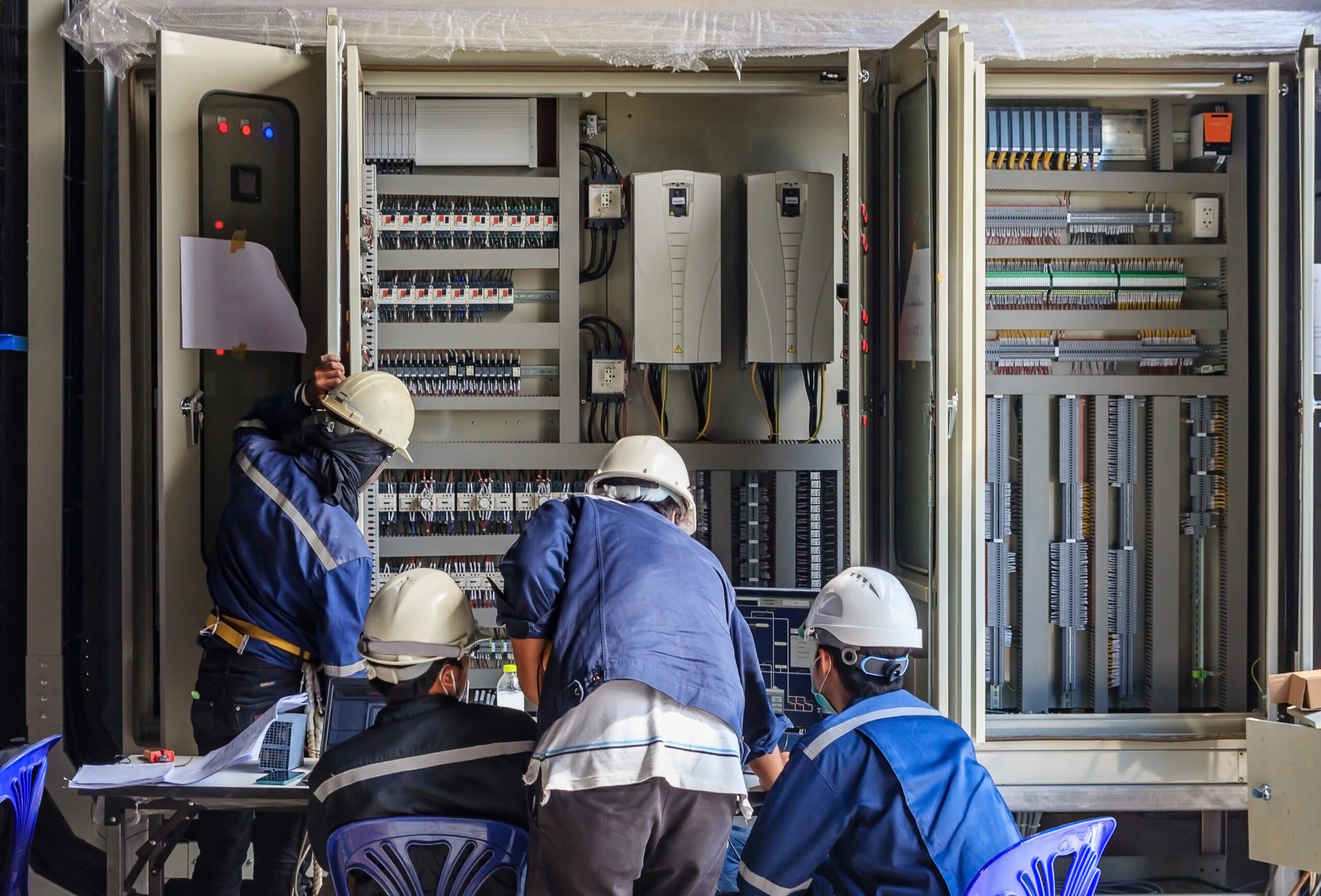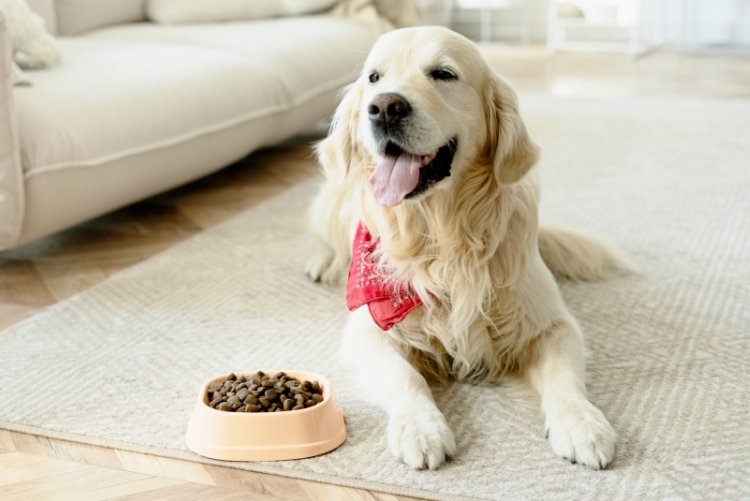
Palatants give pet food the taste and aroma that cats and dogs naturally crave in their food. However, applying palatants presents a number of challenges to pet food processors. Pet food palatants can be dry or wet, and each has unique advantages and disadvantages. In this post, we’ll take a closer look at application problems and solutions in wet pet food palatants.
Pet Food Palatants Liquid Coating Solutions
Pet food palatants can be derived from plant or animal proteins. Animal-based liquid palatants can be produced through heat, enzymes, or acids to create a thick gravy-like slurry. This slurry is usually an oil- or water-soluble suspension. It may contain suspended solids, and it may also be highly viscous, hygroscopic, acidic and fatty.
During application, palatants are almost always applied with a layer of fat or oil. The fat or oil is applied first, given time to settle, and the palatant is applied. If these layers are not applied properly, the palatants can become encapsulated in the fats, or the palatants will not adhere properly.
Spray Nozzle Clogs
Applying liquid palatants often involves the use of spray nozzles. However, thick suspensions can quickly clog spray nozzles. To prevent this, the spray nozzle pump should be capable of application at both high and low flow rates. It is also important to monitor the pressure during pumping. If the pressure builds up, the spray nozzles have probably clogged and the coating will not be uniform. For this reason, it’s also helpful to observe the spray pattern and verify that the liquid coating system is working properly.
Another solution to this common problem is removing the need for spray nozzles all together. Some liquid application systems use spinning disks to atomize the liquid and therefore do not need to be monitored for clogs. These liquid application systems are not suspect to back-pressure buildup, and can be highly effective in applying fats, oils and other challenging suspensions.
Back-Pressure Build-Up
Liquid palatants are typically used at a relatively low percentage rate between 1-4%. To maintain this level, the pump must be able to work accurately and consistently. Pressure build-ups, as previously mentioned, can cause problems with the pump. Positive displacement pumps are capable of pumping against back-pressure, so these will help to keep application rates consistent. The pump should also be designed to handle materials with low lubricity and high viscosity, or they will wear out quickly and require frequent maintenance.
Acidity
Equipment used in the application of liquid palatants must be able to withstand acids. This includes the pump components and application system. Over time, acids will wear down equipment that is not designed for this purpose. Food grade stainless steel equipment will generally withstand the acidity in palatants and last longer than other materials.
Oxidation and Storage
When fats and oils interact with oxygen, lipid oxidation occurs. This causes the lipids to break down into other components, such as hydroperoxides and aldehydes. Ultimately, this degrades the appearance, nutrition, taste, texture and odor of the palatants and the pet food. While lipid oxidation can and does occur at every stage of production, transport, storage and use, reducing oxidation as much as possible at the processing stage is essential for maintaining the quality of the palatants prior to sale. Proper storage for the palatants can help to decrease lipid oxidation. The palatants and oils should interact with the air as little as possible until they are applied, and then the product should be sealed within the package.
Storage temperature is another important consideration. Liquid palatants are easier to pump at a higher temperature, usually between 70-110F. However, prior to application, the palatants should be stored at the manufacturer’s recommended temperatures. Separation can also occur in the tank. Agitation in the tank can keep the suspension homogenized.
Working with liquid pet food palatants can be challenging, but these additives play a vital role in producing pet foods that are both nutritious and appealing to pets. Optimizing the palatant storage and application system—and being aware of potential problems—can help to increase system efficiency and product quality. In our next blog post, we’ll address application challenges and solutions in dry pet food palatants.







